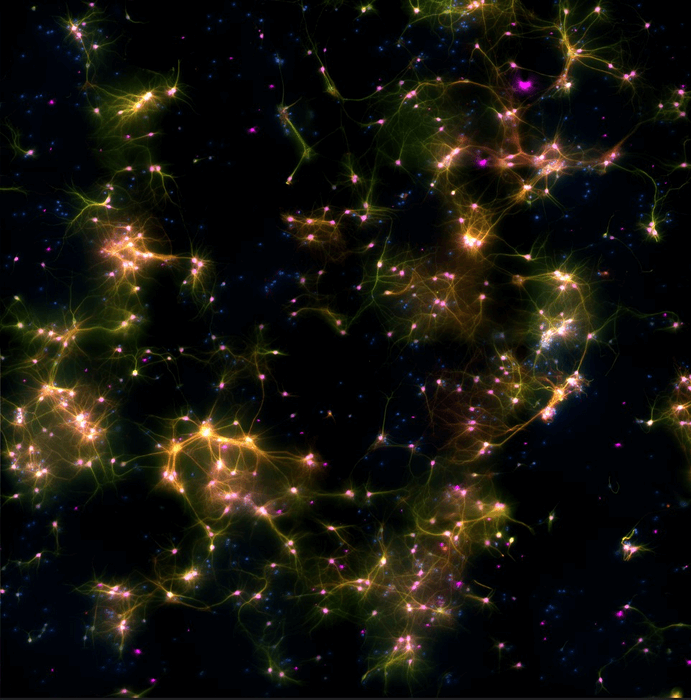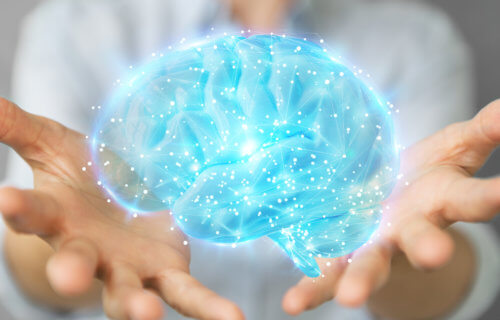MELBOURNE, Australia — Video games have come a long way since Pong, the classic stick-and-ball duel that’s just like table tennis. However, the old school game is now helping scientists examine how the brain works. In a study of 800,000 brain cells in a lab dish, researchers in Australia have discovered these neurons are capable of goal-directed tasks — like guiding the paddle in a game of Pong.
“We have shown we can interact with living biological neurons in such a way that compels them to modify their activity, leading to something that resembles intelligence,” says lead author Dr. Brett Kagan, Chief Scientific Officer of biotech start-up Cortical Labs, in a media release.
“DishBrain offers a simpler approach to test how the brain works and gain insights into debilitating conditions such as epilepsy and dementia,” adds Dr. Hon Weng Chong, Chief Executive Officer of Cortical Labs.
This video shows the game Pong being controlled by a layer of neurons in a dish.
Study authors add that their experiments provide evidence that even brain cells grown in a lab can display intelligence – just like the human mind.
“From worms to flies to humans, neurons are the starting block for generalized intelligence,” Dr. Kagan explains in a statement. “So, the question was, can we interact with neurons in a way to harness that inherent intelligence?”
How did the neurons start gaming?
Researchers connected the neurons to a computer that allowed them to receive feedback on whether the paddle hit the ball in a game of Pong. The team monitored the neurons’ activity and their responses to the feedback using electrical probes that recorded “spikes” on a grid.
These spikes increased the more times these neurons moved their paddle to hit the ball. If they missed, a software program created by Cortical Labs analyzed their playstyle. Researchers say the study demonstrated the brain cells’ ability to adapt depending on their changing environment in real-time.
“We chose Pong due to its simplicity and familiarity, but, also, it was one of the first games used in machine learning, so we wanted to recognize that,” Kagan explains. “An unpredictable stimulus was applied to the cells, and the system as a whole would reorganize its activity to better play the game and to minimize having a random response. You can also think that just playing the game, hitting the ball and getting predictable stimulation, is inherently creating more predictable environments.”

‘A new frontier in understanding intelligence’
Study authors say their theory behind learning revolves around the free-energy principle. In simpler terms, the brain adjusts to its environment in one of two ways — either by changing its world view or adjusting its behavior to better fit the situation.
Kagan adds that Pong isn’t the only game they used in these experiments.
“You know when the Google Chrome browser crashes and you get that dinosaur that you can make jump over obstacles (Project Bolan). We’ve done that and we’ve seen some nice preliminary results, but we still have more work to do building new environments for custom purposes,” the researcher reports.

The team believes future studies can use this research to improve disease modeling, discover new drugs, and expand our current understanding of how the brain works and intelligence develops.
“This is the start of a new frontier in understanding intelligence,” Kagan concludes. “It touches on the fundamental aspects of not only what it means to be human but what it means to be alive and intelligent at all, to process information and be sentient in an ever changing, dynamic world.”
The study is published in the journal Neuron.

